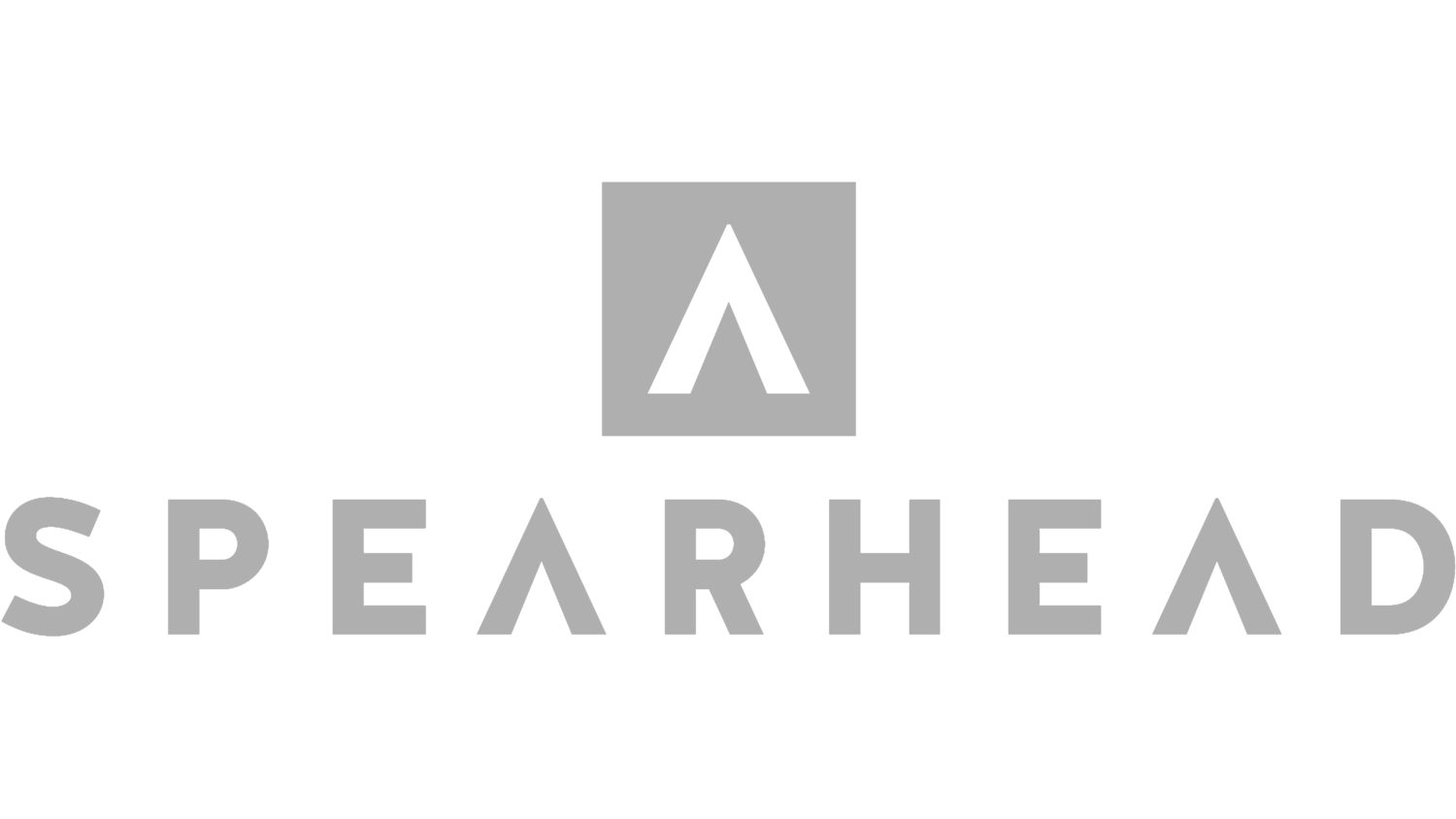Case study: BAM NUTTALL
About the project:
BAM Nuttall are a leading UK construction provider of engineering solutions for rail, roads, maritime, water, and land remediation.
Spearhead Interactive were commissioned to create and deliver a Virtual Reality tour and an Augmented Reality experience for an RNLI Lifeboat station to be constructed by BAM Nutall as a way to introduce and educate the company into the art of the possible with VR and AR technology and promote the project to different teams and stakeholders
Key Features: VR/360 Mobile app
ACCELEROMETER CONTROLLED MENU
Navigation around the software has been kept very simple to ensure ease of use for the user and a seamless experience which works across 360 and VR software modes.
Users click or tap on any of the images in the menu to be teleported to that area of the gym to look around. Clicking or tapping again returns the user to the menu.
360 DEGREE TOUR FUNCTIONALITY
Once an image has been selected the user is able to look around the location from a static position in 360 degrees and assess the environment.
In order to immerse the user further into the experience, audio of crashing waves and gulls bring the scenes to life and provide and extra level of depth to the visualisation.
VR OR 360 VIEWING OPTIONS
Users are able to access Google Cardboard functionality to switch between a 2D 360 or VR mode from within the menu.
In the side-by-side VR mode, mobile head mounted displays (HMDs) can be used to provide a much deeper more immersive experience for the user.
Key Features: Augmented Reality app
Trigger Image
When a smart-phone or tablet device is directed at the unique trigger image, the software loads the 3D model for the user to interact with.
FLOORPLAN LEVEL SLIDER
In order to navigate through the different levels of the property an interactive slider system has been devised and implemented.
Users drag the slider up and down to move through floorplans, with colour-coding used to show current positions.
POSITIONAL-BASED NAVIGATION
Users are able to move around and zoom in on the model by moving their tablet around and closer to / further away from the trigger image.
A rotate button has also been included as a quality of life feature.






